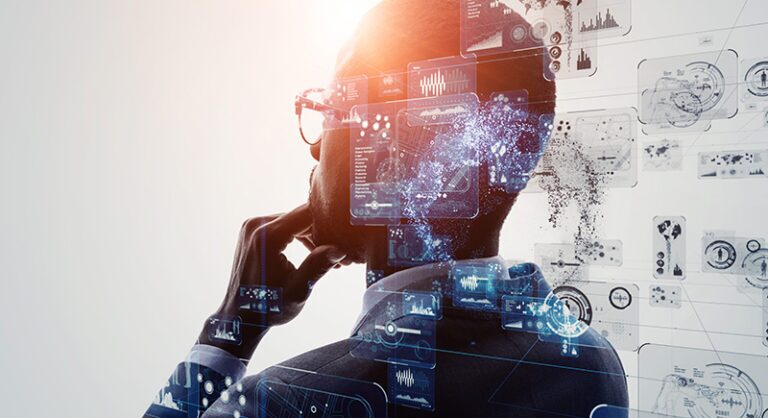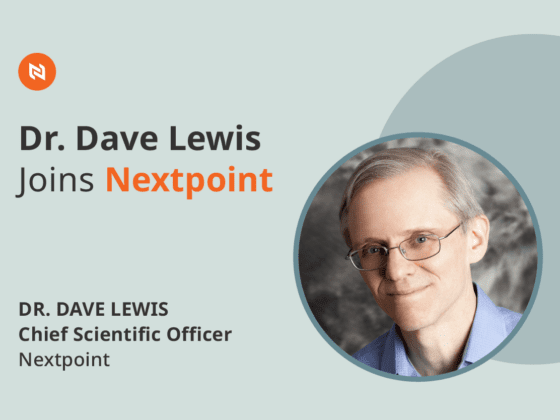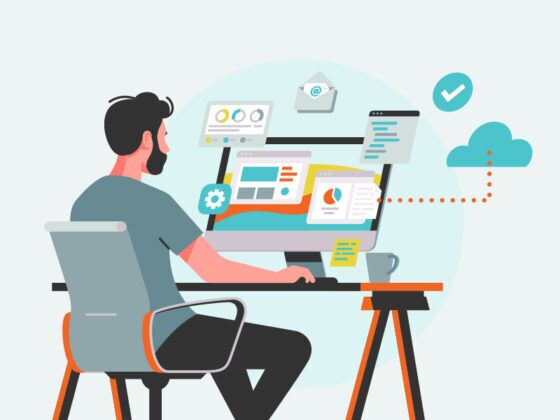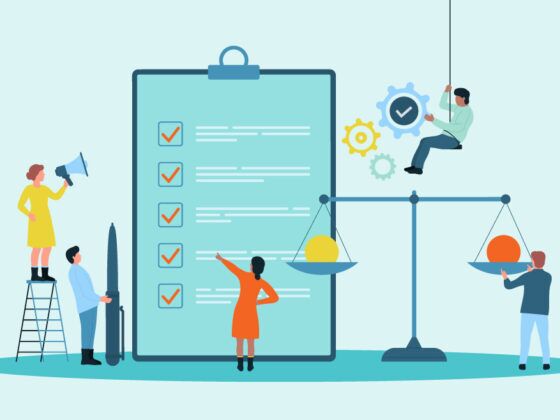Many tout AI in ediscovery as the next big thing for the legal tech world – but what can this technology really do for lawyers today?
Can you tell the difference between a picture of a cute brown chihuahua and a tasty blueberry muffin? Most humans can do this easily. Can a computer tell the difference? Only if you correctly train it to do so – and once it’s trained, the answers can be objectively accurate. This is the simple premise behind “artificial intelligence,” or AI, which is the science of teaching computers how to “learn, reason, perceive, infer, communicate, and make decisions like humans do.”

Watch Nextpoint’s Brett Burney discuss some of the main themes surrounding AI in ediscovery and legal tech today.
From Every Day AI to Ediscovery
Spell-check is a decades-old function you probably take advantage of in your favorite word processing software. How does the computer know you spelled a word wrong? Because it’s been “trained” using a dictionary. But in traditional spell-checkers, this dictionary is all the computer has to go by – you can manually add new words to it, but it won’t learn anything new on its own.
Now, word processors use AI to give spell-check tools wider capabilities. Some platforms will self-train new spellings based on the number of times that you use a unique word and how often you manually correct it. Word processors also make suggestions for grammar and syntax, using AI to understand the intricacies of written language that can’t be conveyed in a simple dictionary of words and spelling.
How does Netflix know what movies or shows to suggest you watch next? It’s based on the shows you’ve already binged, and compared with hundreds of millions of other viewers that watched similar shows and movies that the Netflix mothership computers “learned” from. Dozens of other technologies that you interact with everyday use the same methodology, like Amazon, Siri, spam recognition servers, and even the Photos app on your phone. (Can it recognize a chihuahua vs. a blueberry muffin?)
When it comes to the legal profession, AI can be similarly used for document filing. If a document management system watches how you regularly file documents or emails from a particular client, it can train itself to suggest that same filing protocol on other communications with that client. Or computers can be trained to compose contracts with similar clauses and sections based on past approved contracts. This could be even more acceptable and accurate than the “manual” process of a lawyer pulling up an old contract and attempting to change all the old names and dates, which often means something gets overlooked.
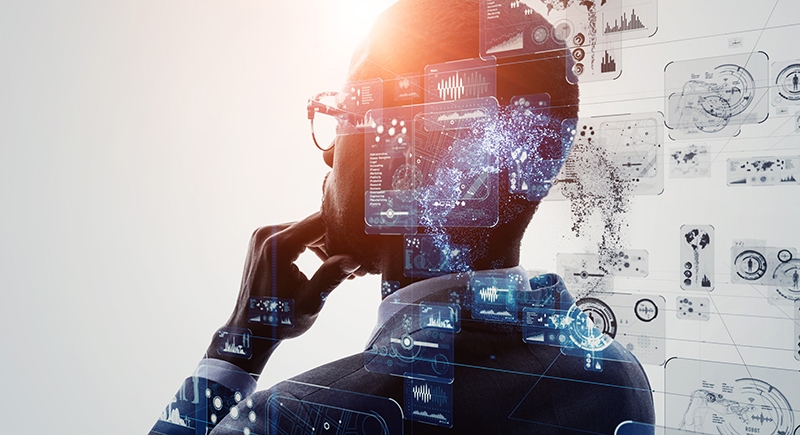
AI is NOT a Replacement for Human Expertise – It’s an Enhancement
In order to successfully embrace the practical applications of AI in ediscovery, we have to shift away from a mindset of “robots replacing humans,” which is a storyline that only exists in science fiction movies. AI is a tool that helps you get your job done, like a pencil, a stapler, a printer or fax machine (if you still have one).
As legal journalist Bob Ambrogi stated simply, “AI is a tool. A tool that we control.
- It’s a tool that can make us more effective and efficient at what we do.
- It’s a tool that can help us deliver our services more quickly and at lower cost.
- It’s a tool that can help us serve more clients and serve them better.
- It’s a tool that can enhance the delivery of legal services and that can help to close the yawning justice gap.
- It’s a tool for good, not for evil.”
At the Nextpoint On Point User Conference in September 2022, we invited legal technology thought leaders to participate in a panel titled “The Future of Legal Technology and Artificial Intelligence,” and the discussion echoed Ambrogi’s thoughts.
“These tools can help us not just be more efficient, but improve the quality of our work product and give us better outcomes.”
Joey Gartner, Director of the ABA’s Center for Innovation, stated, “Technology is a tool. It will not solve all of your problems, but it will solve some of your problems.”
Dan Linna, Director of Law and Technology Initiatives at Northwestern Pritzker School of Law and McCormick School of Engineering, added, “These tools can help us not just be more efficient, but improve the quality of our work product and give us better outcomes.”
Every legal professional is familiar with the hours spent in a law library researching case law, tracking down the best opinions and articles to support or refute a legal stance. What if a computer could be trained to understand a legal query and produce a set of research results that could achieve your goal? Of course, you wouldn’t trust those initial results until you verified them and then possibly further trained the computer to provide more accurate results. The focus is not specifically on “automating” the task of legal research, but “augmenting” the decisions that are ultimately made by humans.
Objective vs. Subjective Decisions
Perhaps the friction with AI in the legal profession comes from how the decisions are made. Answering whether or not a picture shows a chihuahua or a blueberry muffin is an objective question – it’s either a dog or a baked good, and every sensible human will answer the question the same way.
When it comes to making certain decisions in the legal field, like whether a document is relevant or not to a litigation matter, many lawyers argue that kind of decision can only be made subjectively based on their [human] years of experience and professional knowledge. Those lawyers can’t fathom that such a decision could be made by a computer… and they would be 100% correct, unless that lawyer “trained” a computer by highlighting relevant or “hot” documents, which would allow the computer to recognize similar relevant documents. And the computer can make those decisions without taking a lunch break or involving emotional attachments or sentiment.
But no litigator worth their salt would allow documents identified as “relevant” by a computer to be produced without looking them over first. In other words, the computer hasn’t replaced the litigator’s stance and experience, it has simply assisted by providing a starting point, or at least a jumping off point to identify a corpus of data and documents and files. At the very least, the computer could prioritize a list of documents that need to be reviewed that could save a lot of wasted time and effort. Again, it’s not “artificial” intelligence, it’s “augmented” intelligence.
“Humans are not perfect. There are huge opportunities to use computation to augment the work that humans are doing.”
Sonali Ray, the Director of Legal Strategy at Nextpoint, participated in the On Point AI panel and encouraged litigators to “work in conjunction with the technology – look at it as an assist, not an ‘easy button.’ The human eye is not perfect. Even though there are elements of the machine that aren’t perfect, neither is your technique.”
Dan Linna echoed Sonali’s comments by stating, “We still hold onto this mythology that humans (especially lawyers) are perfect in the work they’re doing. But studies show that humans are not perfect. There are huge opportunities to use computation to augment the work that humans are doing.”
Bruce Fein, the Legal Director and co-founder of Dagger Analytics, provided a helpful definition of how AI can help in the realm of ediscovery and litigation: “In the legal context, AI is about getting a computer to make a decision, like relevant or not relevant. These tools are intelligently moving toward the best algorithm for making that decision. Rather than you creating that algorithm, the computer is figuring it out for you.”
What is AI?
“In the legal context, AI is about getting a computer to make a decision, like relevant or not relevant. These tools are intelligently moving toward the best algorithm for making that decision. Rather than you creating that algorithm, the computer is figuring it out for you.”
From Artificial Chihuahuas to AI in Ediscovery
In concluding the On Point AI panel, Dan Linna shared a vision for where AI could enhance the legal profession: “All too often we think about using AI to do things that we’ve always done, just a little bit better, a little bit faster, a little bit cheaper. But we need to change our mindset to think about how we can use AI to transform the things that we do. We need to start thinking more about some of the other AI principles that are being discussed in other areas that AI is being used – fairness, transparency, accountability.”
“We need to change our mindset to think about how we can use AI to transform the things that we do.”
In order for the legal profession to successfully integrate AI tools into ediscovery projects, it’s important to understand that the technology is simply a tool that can help us better accomplish certain tasks, as well as transform and reshape legacy, manual approaches to litigation. And in the process, AI can help us avoid any confusion between chihuahuas v. blueberry muffins.
★ Get AI in Your Ediscovery Practice Today
Data Mining, Nextpoint’s latest product launch, incorporates AI features in exciting new ways. Learn more here.




